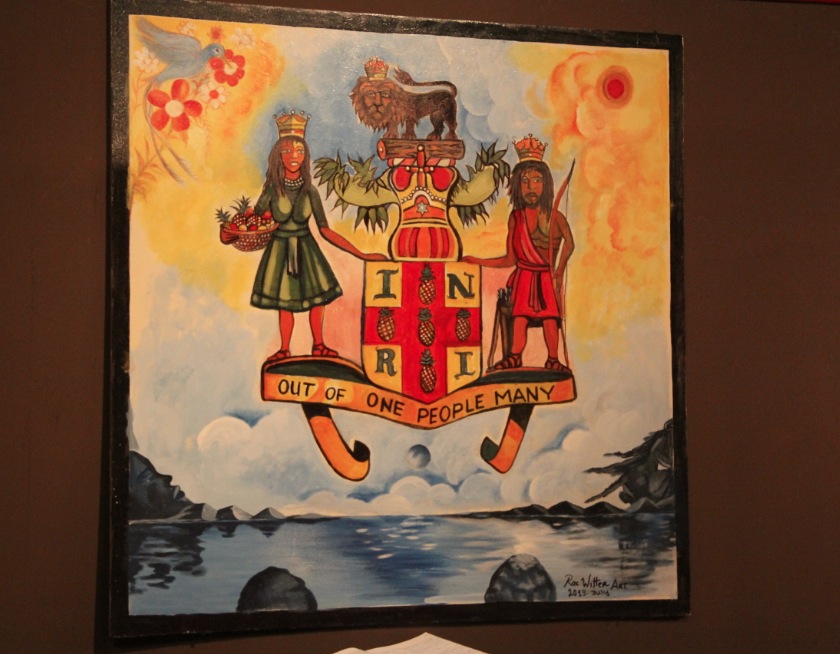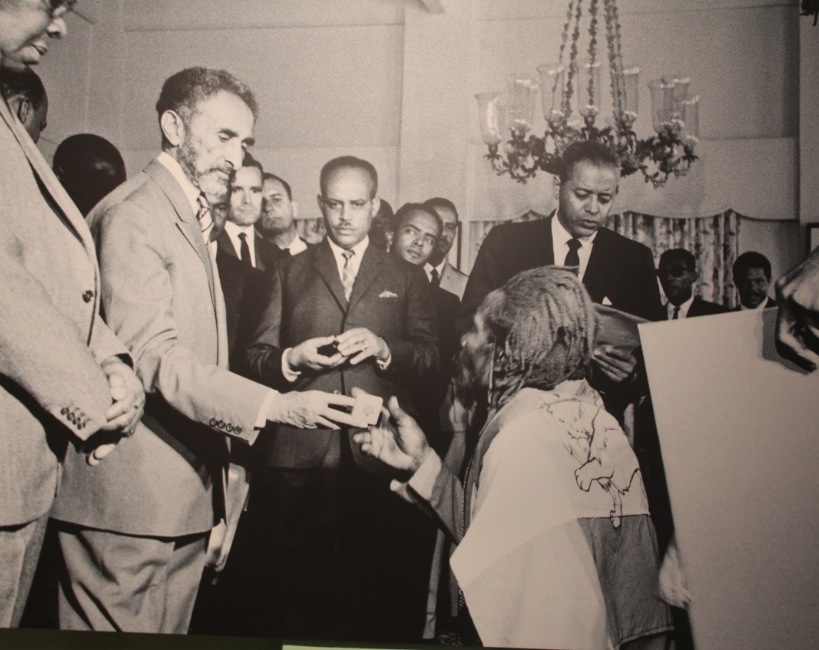On July 21st, the Institute of Jamaica opened an historic exhibition entitled, Rastafari: Unconquerable! It is the first exhibition in Jamaica on the Rastas and as soon as I heard about it, I knew I had to see it.

During the ride to the museum, I thought several times of One Love: Discovering Rastafari, the first exhibition on the Rastas that I had seen at the Smithsonian’s Museum of Natural History in Washington, DC. I was excited to see that Rastafari, the small movement that began in Jamaica in the late 1930s and has since spread worldwide, was finally getting consideration and scholarship. Discovering Rastafari, which ran from November 2007 to November 2011, left me wondering if that was all there was. I hoped the current show would be the definitive study on Rasta.


Undoubtedly larger in space and scope, Rastafari: Unconquerable tells the story of the birth and evolution of Rasta through videos, installations, artefacts and personal stories. It covers several watershed moments in the history of the movement in segments organized around themes such as Revelation of Rastafari, its Philosophy and Evolution, and the 1966 visit to Jamaica of His Imperial Majesty Haile Selassie I. It also features a review of the attempts at suppression of the movement by Jamaican authorities, by far one of the most appalling periods in our history.



Rastafari has come a long way since Lionel Howell, the first Rasta, founded Pinnacle, the home he established for his followers, and Marcus Garvey advised the poor and downtrodden to look to Africa for the crowning of a black king who would deliver them out of poverty. It’s exciting to see the museum finally undertaking this important step in recognizing Rasta’s influence on the society, and their presence in the world.

One thing that struck me about the exhibition was its stillness, its flatness. It was as if the breath, power, vitality and passion that pulses through Rastafari could not, as the title suggests, be conquered even in this exhibition that celebrates Rastafari; the Movement which grew out of struggle, with larger than life visionaries who fought against the system, could not be tamed. Still, it’s an excellent first exhibition, a must see.
Rastafari: Unconquerable remains on view at the Institute of Jamaica, 10-16 East Street, Kingston. 876-922-0620, Admission $5










